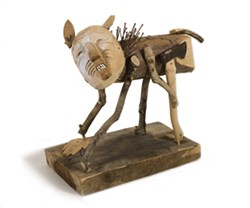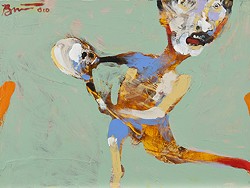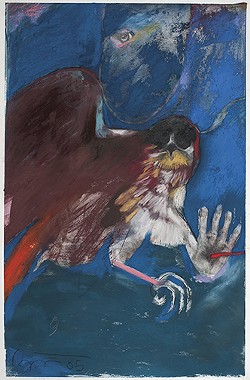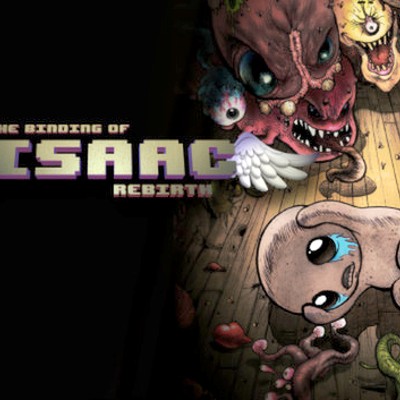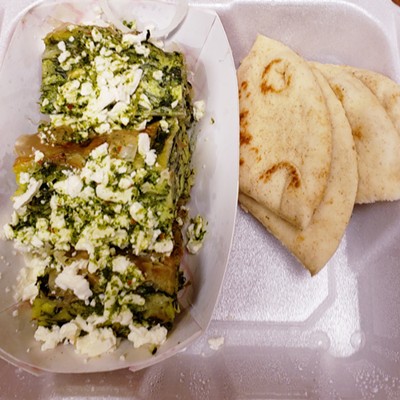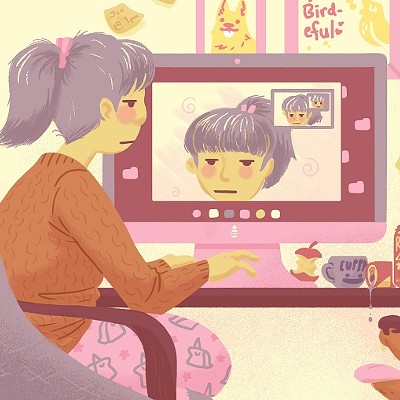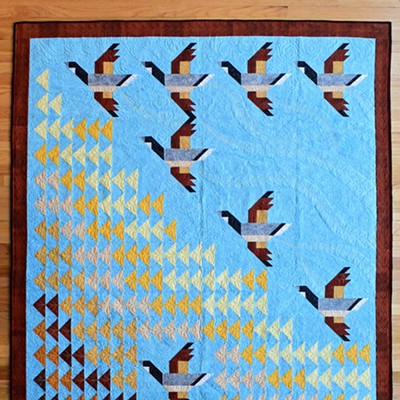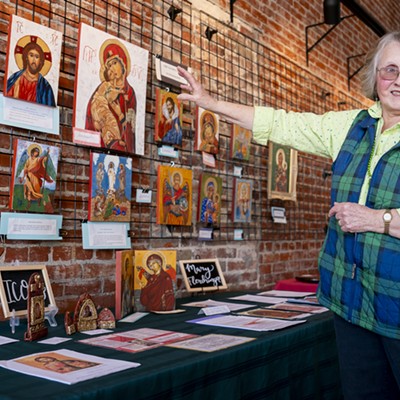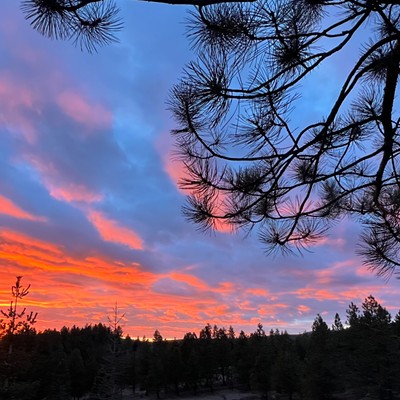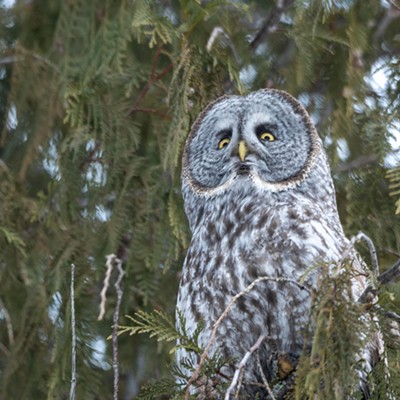PULLMAN -- The art world has a nasty habit of locking American Indian artists in a box labeled “tribal art,” as if there were a clear divide between cultures and souls.
Rick Bartow, one of the nation’s most prominent contemporary American Indian artists, broke the lock on that box. His surreal works on paper, canvas and wood explore modern identity shaped by ancient tradition. Legendary creatures like Bear and Raven are imbued with references to William Shakespeare and Ernest Hemingway. The half-animal/human spirits his hands left behind tell the story of their creator: Wiyot Indian, Vietnam vet, recovering alcoholic, stroke survivor, husband and father.
“He viewed art as a language to express things you can’t write about. No other medium he felt could convey that as condensely as his art practice,” said Zach Mazur, curator of education and collections at the Museum of Art at Washington State University where more than 120 works by Bartow are on display.
Largely self-taught as an artist, Bartow was born in Newport, Ore., where he died at age 69 last April of congestive heart failure. His legacy includes two cedar sculptures, more than 20 feet high, installed on the National Mall in Washington, D.C., titled “We Were Always Here.” “Rick Bartow: Things You Know But Cannot Explain,” represents 40 years of Bartow’s work.
Among the early pieces is the haunting 1979 self-portrait the exhibit is named for. In a 2016 YouTube video, Bartow explained that he’d given up drinking and was struggling with the pain, fear and depression of post-traumatic stress disorder after Vietnam. The title comes from German philosopher Arthur Schopenhauer’s quote about God, who is whispering in the man’s ear in the background.
https://www.youtube.com/watch?v=BwiPDF1sZqM
In 2013 Bartow suffered a major stroke that caused some cognitive loss, said Ryan Hardesty, curator of art and exhibitions at the museum.
“It gave him a full view of his mortality,” Hardesty said. “He was emboldened to make work and made an incredible amount of large-scale works in those two years.”
The back half of the gallery features several of those pieces that have a lighter feel to them than earlier work, Hardesty said. “There’s a sense of clearing out.”
“Bear Medicine,” created in 2014, is one of these. Bear, a symbol of fierceness and protection appears to leap out at the viewer from the giant canvas, an example of Bartow’s command of movement. The half-human figure has an exposed heart.
The exhibit, which includes a self-guided audio tour visitors can access via personal smartphone, was organized by the Jordan Schnitzer Museum of Art. Jordan Schnitzer, a Portland, Ore., arts patron and philanthropist, donated $5 million to
WSU for a new Museum of Art, which is under construction on campus. Hardesty said the building is scheduled to be completed in December with a grand opening planned for spring of 2018.
If You Go
What: “Rick Bartow: Things You Know But Cannot Explain” When: Through March 11 Where: Museum of Art, Washington State University, Pullman Cost: Free Gallery Hours: 10 a.m. to 4 p.m. Tuesdays through Saturdays

